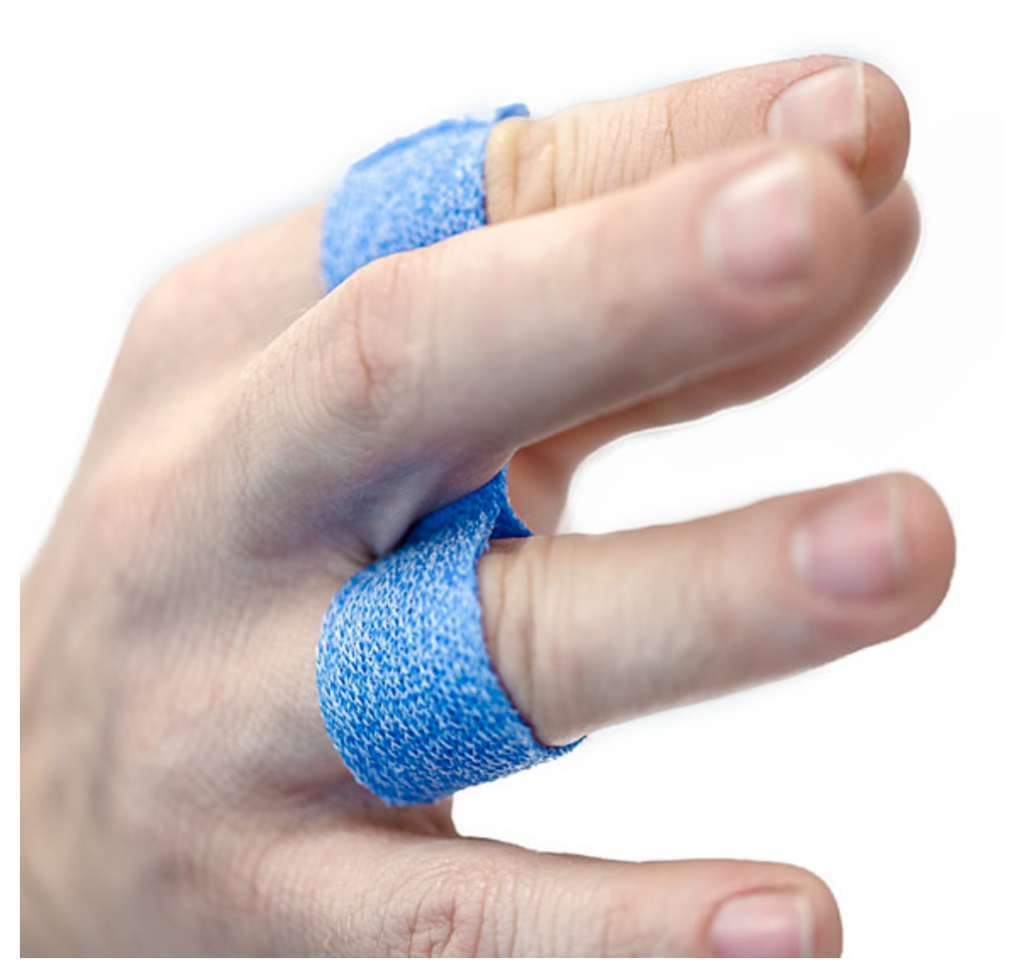Article Review: Relative Motion for Extensor Tendon Repair zone V-VI? Is a night-time resting hand orthosis beneficial?
Filed under Reviews
Hirth, M. J., Hunt, I., Briody, K., Milner, Z., Sleep, K., Chu, A., Donovan, E. & O’Brien, L. (2021). Comparison of two relative motion extension orthotic programs following surgical repair of finger extensor tendons in zones V-VI: A randomized equivalence trial. Journal of Hand Therapy-to be published.

The Skinny: Following a zone V-VI tendon repair, relative motion splint is an effective option in providing adequate protection and preventing tendon rupture/attenuation. There is variability in relative motion splinting approaches, including replacing the relative motion orthosis with a larger orthosis overnight or adding a wrist orthosis. Due to this variability, the authors looked to determine if the splinting regime mattered. The study compared two splinting regimes following an extensor tendon repair in zone V-VI. Group one was a relative motion orthosis alone, and group two was a relative motion orthosis and a night-time orthosis.
In the Weeds: The study compared two splinting regimes (relative extension splint) following an extensor tendon repair in zone V-VI. Group one was a relative motion orthosis alone, and group two was a relative motion orthosis and a night-time orthosis following. They termed the groups as follows RME and wrist orthoses worn at the same times are terms ‘RME plus,’ and without a wrist, orthosis was termed‘ RME only.’ A total of 32 subjected were enrolled in the study and 17 were randomized into the RME and night-time splinting group, and 15 were enrolled in the RME at all times groups.
Outcomes measures included a range of motion, grip strength, return to work, pain, hand function, satisfaction, and orthotic adherence.
Bringing it Home: Both interventions produced similar outcomes and with no increase in rupture rate and similar results in the outcome measures.
Rating: The authors recommenced tailoring therapy interventions based on patient needs rather than being protocol-based. The study limitations include a small sample size. Also, it was a multisite study, so difficult to control for variations in therapeutic approaches and surgical techniques. A night-time resting hand orthosis may provide more comfort for patients.
4 Comments
Leave a Comment
More To Read
What? I just received an order for suture removal…
How many of us have practiced suture removal in occupational or physical therapy school?? NOT I!! Often, hand surgeons will ask the therapist to remove sutures and sometimes the order will even say “remove sutures when ready” SO NOW WHAT? How to remove continuous sutures? First, we can cover the basics of sutures! There are…
Read MoreSensory Kit for Hypersensitivity
Written by Melissa Miller Introduction After injury or surgery, nerves in the skin and surrounding the injured area can become overly sensitive. This can cause pain or an unpleasant sensation by stimuli that would not typically cause discomfort. For example, a light touch from a shirt or a certain material can feel like needles to…
Read MoreHow to use Kinesiology Taping for Shoulder Subluxation
How to us Kinesiology Tape for Shoulder Subluxation By: Tayler Roost What is shoulder subluxation? Shoulder subluxation is a dislocation of the glenohumeral joint. This can be classified as traumatic, non-traumatic, or neurological. A traumatic shoulder subluxation can be caused by contact sports or repetitive shoulder movements. A non-traumatic shoulder subluxation can be caused indirectly…
Read MoreHow to Strengthen the Intrinsics with Puttycise Tools:
How to strengthen the intrinsic with Puttycise tools
Read MoreSign-up to Get Updates Straight to Your Inbox!
Sign up with us and we will send you regular blog posts on everything hand therapy, notices every time we upload new videos and tutorials, along with handout, protocols, and other useful information.







my mother’s middle finger is severely pulling over top of her ring finger. Doc said tendon damage. He put her in this type of splint which isn’t going to help stretch the tendon back to the middle. HOW is this supposed to fix her hand??
Hello, It depends on the degree of the injury. I would recommend your mother see a certified hand therapist
Hello ,
I would like to know how many weeks is time right time to use de the relative motion splint for extensors and flexors tendons?
like most things, it depends. It depends on the severity of the injury and if there was a repair done.